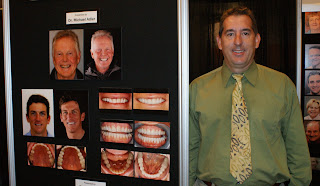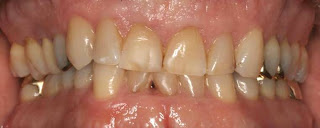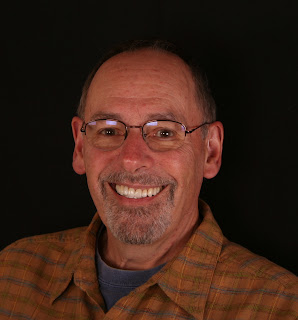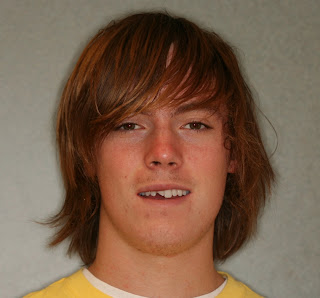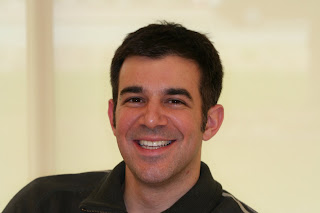With just a slip of the foot, Katie’s appearance was instantly changed.
After slipping on ice and falling face first, Katie was left with at least two of her upper front teeth broken. A large portion of her upper left middle tooth was fractured off and her upper right tooth next to the middle was also chipped. She immediately sought treatment from Dr. Adler of Adler Cosmetic & Family Dentistry. Dr. Adler examined the damaged area using the aid of both x-rays and an interoral camera to help diagnose the multiple fractures that were not apparent to the naked eye and to determine the extent of the damage.

Teeth #7 and 9 were visibly broken so Dr. Adler placed a composite dental bonding material on the teeth as a temporary solution to restore the aesthetic look of the teeth until permanent
dental restorations could be completed. Tooth #8 did not appear visibly damaged but the interoral camera did reveal that the tooth was fractured. Dr. Adler suspected that the tooth was more heavily damaged than it appeared since the teeth on both sided had visible damage due to the impact. A week after the fall, a portion of tooth #8 broke off due to the trauma it sustained during the accident. Dr. Adler determined that
porcelain veneers should be placed on teeth #7-10 to restore the patient’s smile to its original brilliance.

Tooth #10 (upper left tooth, second from the middle) did not have any visible fractures but needed to be restored partly as a precaution since not all damage from a fall is immediately apparent and mostly for aesthetics. It is recommended that front teeth especially should be restored in sets of two to insure that the patient’s smile remains symmetrical. Tooth #10 was already shorter than its counter part #7, so if Dr. Adler was to only restore the teeth that had visible fractures (# 7-9), then tooth #10 would appear short and out of place, giving the patient an uneven smile.
A veneer is a thin shell of porcelain that is bonded to a tooth to improve its color or shape. A veneer generally covers only the front and top of a tooth. Veneers can be used to close spaces between teeth, lengthen small or misshapen teeth, or whiten stained or dark teeth. When teeth are chipped, as in Katie’s case, or beginning to wear, veneers can protect them from damage and restore their original appearance.
Katie’s four upper front teeth were first shaped and roughened to prepare them for the veneers. Impressions were then taken of the teeth and sent to Aurum Ceramic Dental Laboratory, where the
veneers were artistically custom crafted. Once the veneers had returned from the lab, they were cemented onto Katie’s teeth using a durable adhesive bond. The bond was then cured with a harmless high-intensity light. The pain Katie initial experienced from the accident was relieved after the veneers were placed. The final results were a beautiful and natural looking smile.

Trauma cause to a tooth in a fall can take several months before all the damage is known. A root can be fractured but not cause symptoms for several months after the accident. Dr. Adler was concerned that Katie might eventually need a root canal for that very reason. With this in mind, Dr. Adler specifically designed the veneers to allow an access opening for a root canal without damaging the porcelain restorations if one was needed at a later time.
Four months after the fall, Katie did begin to have symptoms in tooth #8 that warranted a root canal. The blood supply to the tooth was likely damaged in the accident but was not symptomatic until several months later. Dr. Adler referred Katie to Dr. Joseph Parsons of
Boulder Endodontics, P.C. for the root canal. Dr. Parsons successful performed the root canal and the veneer was not damaged in the procedure. Because symptoms can develop long after the accident continuous follow up is needed to monitor the tooth’s nerves.

Katie is good as new and now her brilliant smile is the best ice breaker of all.
For more information about
Boulder porcelain veneers specialist Dr. Adler please visit our website or call the office at 303-449-1119.
